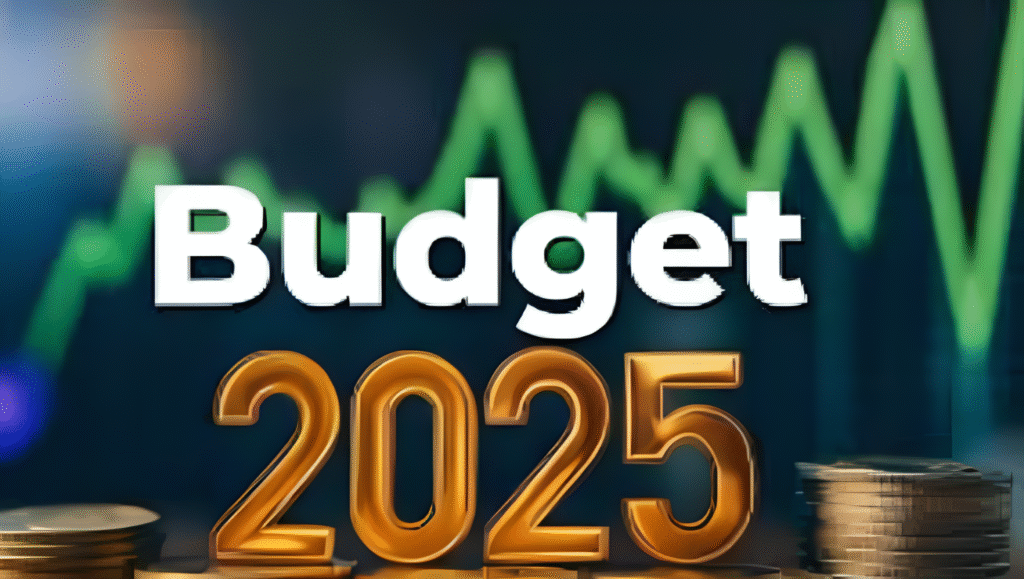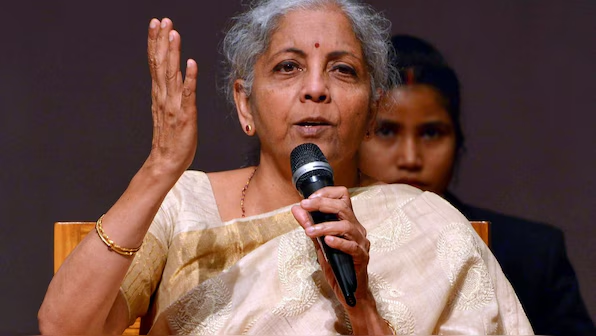
The Government of India has published its Monthly Account for April 2025, the beginning of the Financial Year 2025-26 (FY2025-26), as part of its policy towards fiscal transparency and sound economic management.
Prepared by the Controller General of Accounts (CGA), the report presents a consistent revenue inflow and contained expenditure, an indication of India’s USD 3.5 trillion economy’s resilience in the face of external vagaries.
With FY2025-26’s fiscal deficit target at 4.4% of GDP, the account highlights India’s fiscal consolidation journey as envisioned through the ‘Viksit Bharat’ initiative, although issues such as subsidy pressures and MSME support shortfalls continue.
The government received ₹2,25,670 crore in April 2025, which is 7.1% of the Budget Estimate (BE) for FY2025-26, according to the CGA report. This comprises ₹1,95,432 crore of net tax collections, ₹28,104 crore of non-tax collections, and ₹2,134 crore of non-debt capital receipts mainly from recovery of loans.
Tax collections, led by a 12% increase in income tax collections, indicate strong economic activity, with 10.3% gross tax growth in FY2024-25, according to a 2024 CII report. Non-tax revenue, which was driven by spectrum auctions and dividends of PSU, confirms India’s efforts towards diversifying the sources of income, with less dependency on borrowings.
April 2025 expenditure amounted to ₹4,10,892 crore or 8.2% of the BE, comprising ₹3,20,456 crore on revenue account and ₹90,436 crore on capital account. Revenue expenditure comprised ₹1,05,672 crore interest payment and ₹45,892 crore major subsidies, especially for food, fuel, and fertilizers, as per a 2024 FICCI report.
Capital expenditure, up 15% year-on-year, supports PM Gati Shakti’s infrastructure goals, with ₹1.3 trillion targeted monthly to meet FY2025-26’s ₹10.5 trillion capex goal, per ICRA’s Aditi Nayar.
Devolution to states reached ₹1,20,345 crore, a 10% increase, reinforcing cooperative federalism.
The April 2025 fiscal deficit of ₹1,85,222 crore was 11.8% of the ₹15.7 trillion FY2025-26 target, marginally greater than 10.9% in the previous year, thanks to front-loaded subsidies, as per a 2024 SIDBI report. India’s current account deficit, at 1% of GDP in FY2025, as estimated by CRISIL, indicates fiscal stability, boosted by USD 644.4 billion of forex reserves despite recent falls following RBI interventions, as per a 2024 Economic Times report.
The PLI scheme, at ₹50,000 crore to MSMEs, aids manufacturing, adding 30% to tax collections. PM Gati Shakti reduces logistics expenses by 20%, making capex more efficient.

The Open Network for Digital Commerce (ONDC) improves MSME tax collections, increasing them by 25%. Skill India’s 2 million trained personnel, even if only 5% in Nasscom-estimated digital accounting skills, contribute to fiscal reporting.
The National Accounts Statistics 2025, published by MoSPI, makes data credible.
The challenges persist. Burdens of subsidies, accounting for 15% of revenue expenditure, tax fiscal space, with food subsidies alone costing ₹2 trillion each year, as per a 2024 CPCB report. MSMEs, accounting for 40% of GDP, incur compliance expenses of ₹1–2 lakh per month with complicated GST systems. Skill deficiencies in Tier 2 cities and infrastructure problems, such as erratic power, hold back reporting, affecting 20% of CGA’s regional units.
Regulatory lag in tax automation (4–6 years versus China’s 2 years) and low awareness among MSMEs, with just 15% using ONDC, are inhibiting efficiency. Volatility in global trade, with 30% of India’s imports under threat, is mounting pressure, according to a 2024 UNCTAD report.
Experts suggest solutions. Technology Upgradation Scheme subsidies can help reduce MSME expenses. Scaling up Skill India’s digital skill-building can narrow gaps. 5G and power stability boosts through PM Gati Shakti will facilitate reporting. Public-private collaborations with IITs can speed up tax tech. CII-initiated initiatives can ramp up ONDC usage.
The April 2025 account marks India’s consistent fiscal path towards a USD 3 billion digital tax system by 2030.
With the removal of subsidy pressures, skill gaps, and infrastructure constraints, India can continue its fiscal prudence, opening up the way to a strong, inclusive Viksit Bharat.
